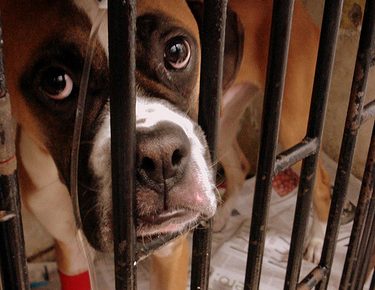SSR or Sleeping Respiratory Rate is a valuable tool in assessing heart health in pets, particularly left side congestive heart failure (CHF).
It is important to determine if CHF is present as medications are sometimes initially recommended for other cardiac diseases such as dilated cardiomyopathy, degenerative valve disease and hypertrophic cardiomyopathy.
Measuring SSR is conducted when the pet is sleep. Room temperature should be moderate, not too hot or too cold. In order to establish a pattern, monitoring should be done under the same conditions for 2-3 days and then continued once or twice weekly.
Normal SSR for cats and dogs is less than 30 breaths per minute, sometimes in the high teens or low twenties. If breaths are fairly consistent above 30 breaths per minute, this could indicate that the pet is experiencing the onset of CHF. If this is the case, your vet should be notified immediately.
Elevated SSR can have a number of causes besides CHF including obesity, high heat, high blood pressure, pneumonia, thrombosis, anemia and more. It’s very important for your pet to be examined by the vet to determine the reason for elevated SSR. If CHF is the cause, diuretics and other drugs are usually prescribed to control the situation.
Here’s how to measure your pet’s Sleeping Respiratory Rate:
Sleeping conditions should be temperate, not too hot or too cold.
Do not monitor during dream periods.
Wait for the pet to fall asleep normally.
Using a watch or clock with minutes displayed, count the number of breaths taken in one minute.
One breath is one intake and exhalation of air.
Watch the pet’s chest – it will rise and fall at one breath count.
Record all your findings including the date and time of monitoring for the vet to evaluate.
SSR is continued once a diagnosis of CHF is made or if there is other heart disease and the potential for CHF is present.


